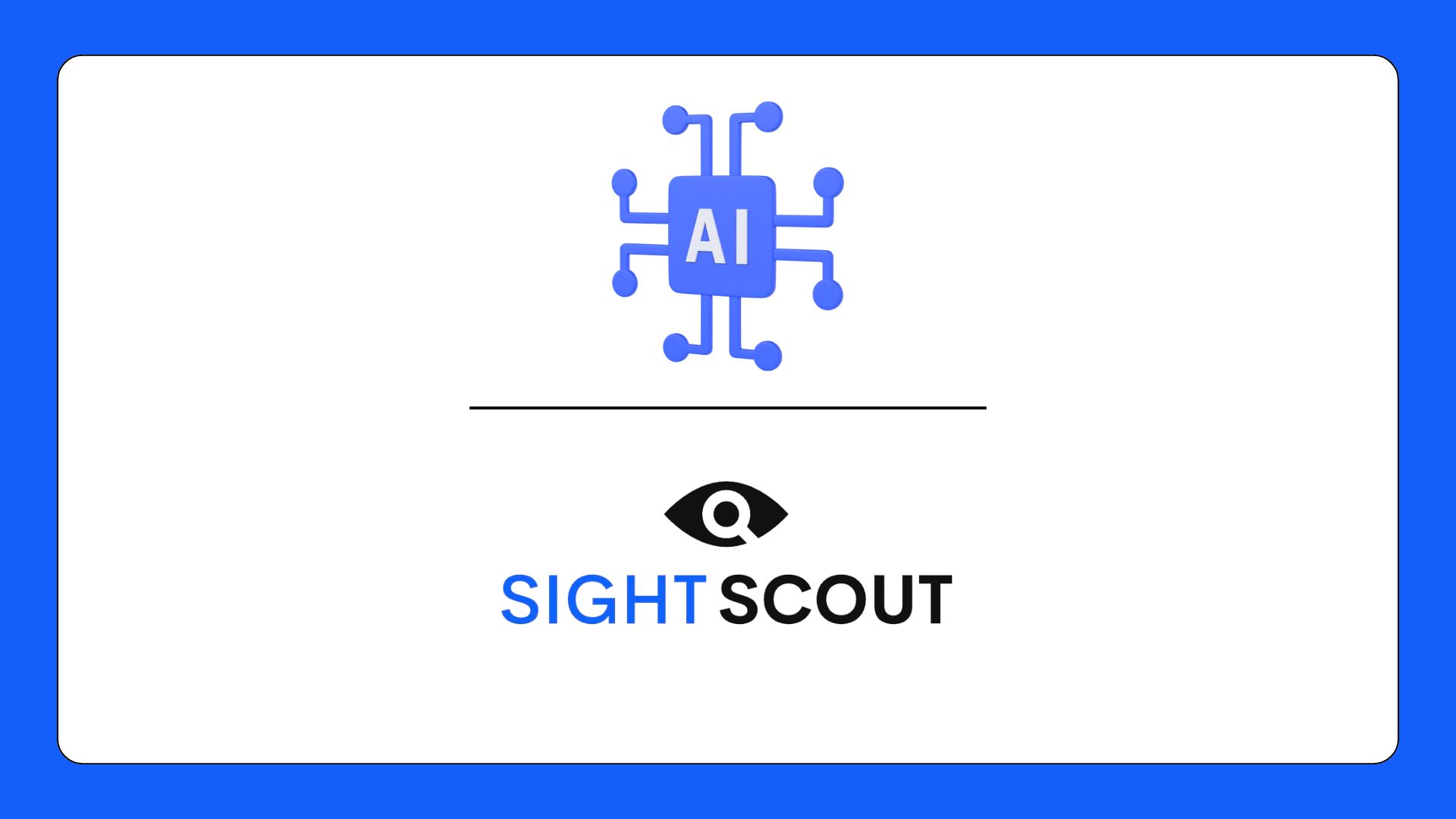Visual Product Finder API: A Complete Guide

Instead of using standard text-based searching, today's consumers are anticipating more visual search choices that let them locate what they're looking for through image recognition. The way consumers interact with things online is revolutionized by a Visual Product Finder API. With its sophisticated, user-friendly features, SightScout API has established itself as one of the top solutions in this category, allowing online retailers to provide a quicker, more customized buying experience.
How SightScout API Drives Conversions and Customer Loyalty
The success of an e-commerce platform hinges on its ability to not just attract customers but also to engage them meaningfully and retain them over time. SightScout’s Visual Product Finder API directly supports these goals by enhancing the product discovery process and enabling a more personalized shopping experience.
Visual search capabilities streamline the journey from browsing to buying, which is crucial for increasing conversion rates. Studies show that customers who find relevant results quickly are more likely to make purchases, and the API allows for such swift, accurate matching. Instead of struggling with keyword searches or navigating numerous categories, shoppers can instantly see products that match what they’re looking for based on an image. This efficiency not only drives immediate conversions but also leads to greater customer satisfaction, as users feel understood and valued.
Furthermore, its personalization options encourage repeat business. As customers continue to interact with the platform, the API learns more about their preferences and can deliver increasingly refined recommendations. This fosters a sense of loyalty, as customers recognize that the retailer understands their tastes and shopping habits. A Visual Product Finder API is not just a tool; it’s an experience that differentiates a store from its competitors, creating a lasting impression that brings shoppers back time and again.
Endpoints
Save Record or Asset in Index: Adds or changes entries to the index. Records without an objectID are automatically assigned one by SightScout. If you provide an existing objectID, all other characteristics are completely replaced. The product_id is an optional feature that allows you to link several photographs to a single product, which is very useful for e-commerce sites.
POST https://sightscout.net/api/v1/indexes/YOUR_INDEX_HOST/saveRecord
{
"objectID": "your-object-id",
"image_url": "value1",
"product_id": "value2",
"meta_data": "{\"color\":\"azul\",\"talle\":\"M\",\"brand\":\"ExampleBrand\"}"
}Search Endpoint: Provide the URL of an image to be searched in the index.
POST https://sightscout.net/api/v1/indexes/YOUR_INDEX_HOST/search
{
"image_url": "https://example.com/image.jpg"
}Integrating SightScout API in Your Online Store
Integrating SightScout API into an e-commerce platform is designed to be a straightforward process that doesn’t require extensive resources or technical expertise. Here’s an overview of the key steps and considerations for implementing SightScout’s Visual Product Finder API in your online store.
- Step-by-Step Integration Guide: SightScout provides a user-friendly integration framework, allowing retailers to embed the API seamlessly within their website or app. With documentation and support readily available, stores can quickly set up and test the API, ensuring it aligns with the brand’s visual identity and functionality goals.
- Compatibility and Flexibility: The API is compatible with a range of e-commerce platforms, from Shopify and WooCommerce to custom-built sites. Retailers have the flexibility to adjust the design, placement, and functionality of the visual search tool to ensure it resonates with their target audience. This flexibility extends to tailored search algorithms that can be customized to prioritize certain products or categories, depending on store-specific goals.
- Tips for Maximizing User Engagement: To maximize the impact of SightScout, online stores should strategically place the visual search tool on high-traffic pages, such as product landing pages, mobile apps, and promotional banners. Highlighting the visual search function during onboarding or through tutorials can also encourage users to take advantage of the tool, enhancing its effectiveness and engagement potential.

